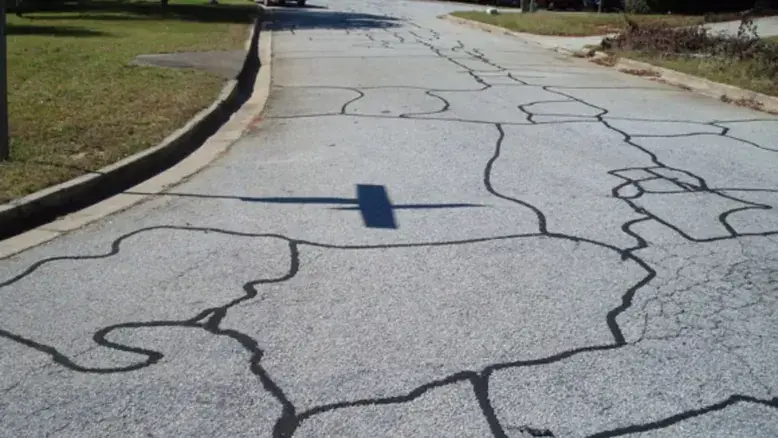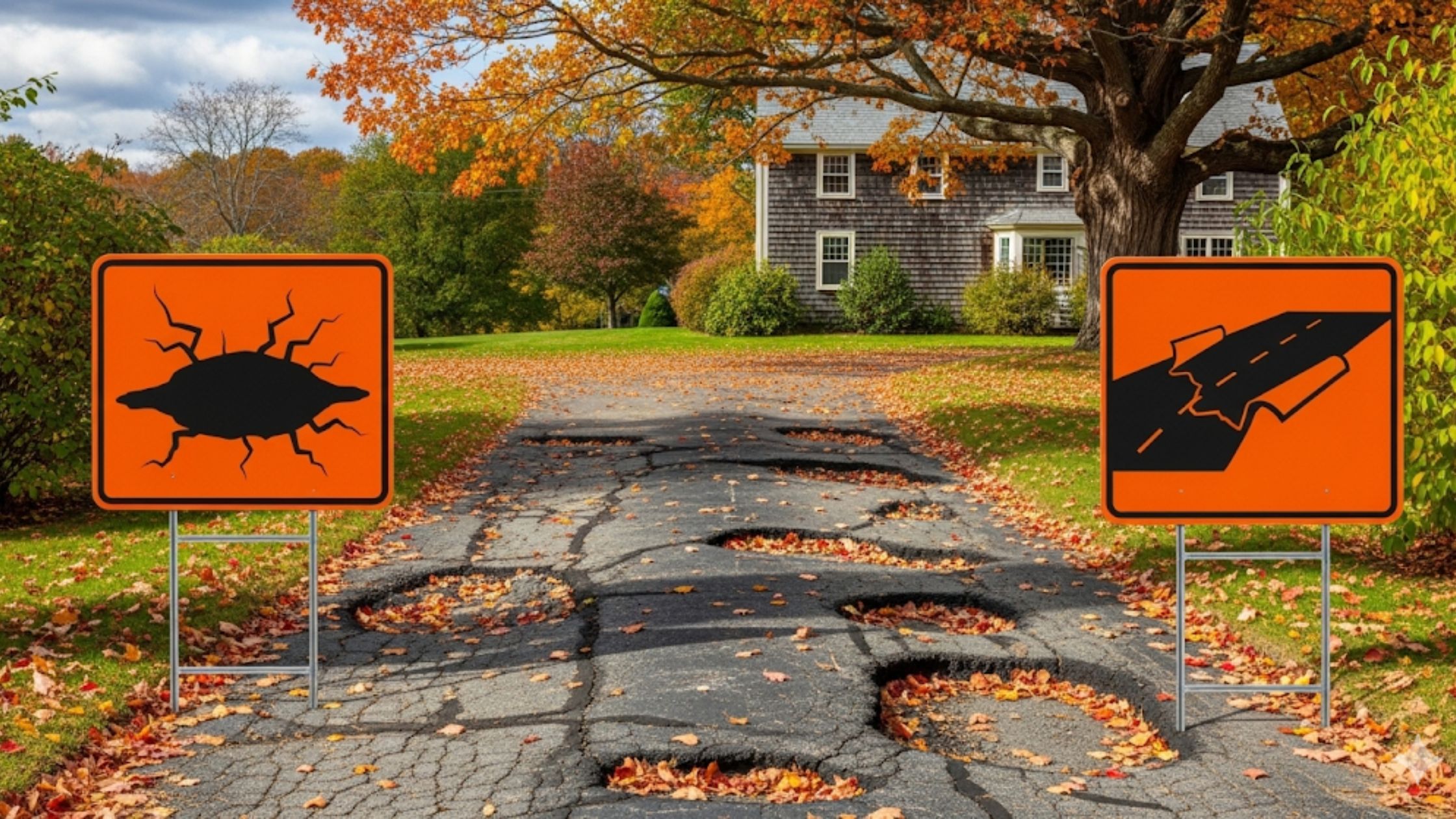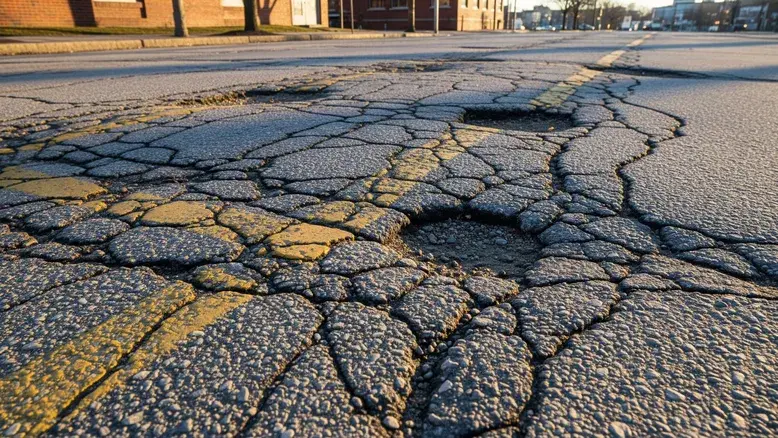Maintaining pavement integrity in Massachusetts demands a clear strategy for crack repair. From driveways in Boston to parking lots in Worcester, timely crack filling preserves surface lifespan, prevents water intrusion, and minimizes long-term costs. By understanding local climate challenges and selecting appropriate materials, property owners and facility managers can ensure durable, cost-effective pavement performance.
Understanding Crack Filling Needs in Massachusetts
Massachusetts experiences frequent freeze-thaw cycles, heavy rainfall, and hot summer temperatures. These conditions accelerate pavement deterioration, making crack sealing a priority. Water infiltration through cracks erodes base layers, leading to potholes and larger structural failures. Addressing cracks early on delays major repairs and extends pavement life.
Regular inspections—ideally in spring and fall—identify hairline cracks and wider fissures before they worsen. Proactive maintenance leverages crack filling as a first line of defense, preserving aesthetic appeal and safety for pedestrians and vehicles alike.
Types of Crack Filling Materials
Selecting the right filler involves matching material properties to crack characteristics, traffic loads, and environmental exposure. Below are common options.
Cold Pour Crack Fillers
Cold pour fillers are ready-to-use emulsions requiring no heating. They suit narrow cracks (under ½ inch) and offer quick application via pour pots or caulking guns. Advantages include:
- Ease of use for DIY repairs
- No specialized equipment needed
- Fast setting, often within 30 minutes
Limitations: lower flexibility and shorter lifespan (3–5 years) compared to hot pour solutions.
Hot Pour Sealants
Hot pour sealants are thermoplastic rubberized asphalt products heated to 350–400 °F before application. They bond deeply, filling cracks over ½ inch wide with durable, flexible material. Benefits include:
- Exceptional adhesion and elasticity
- Resistance to heavy traffic and extreme temperatures
- Lifespan up to 10 years when applied correctly
Drawbacks: require specialized kettles and trained applicators.
Rubberized Asphalt Crack Sealants
Rubberized sealants combine asphalt emulsion with polymers, offering enhanced flexibility. They expand and contract with pavement movements, making them ideal for areas with dramatic temperature swings. These products:
- Withstand freeze-thaw cycles
- Prevent water penetration effectively
- Support traffic loads without cracking
Polymer-Modified Sealants
Polymer-modified sealants blend asphalt with synthetic polymers for superior durability and adhesion. Often used in high-traffic areas, they resist oxidation and maintain flexibility. Typical features:
- Extended service life (up to 8 years)
- Excellent bonding on vertical and horizontal cracks
- Enhanced resistance to UV radiation
Epoxy-Based Fillers
Epoxy fillers are renowned for their strong bond and chemical resistance. They cure rapidly—some within 4 hours at room temperature—making them a top choice for critical repairs. Advantages include:
- High compressive strength and durability
- Waterproof seal that blocks moisture intrusion
- Fast return to service
Polyurethane Solutions
Polyurethane crack fillers excel in high-movement areas. Their elastic properties accommodate expansion and contraction, reducing the likelihood of re-cracking. They:
- Bond strongly to concrete and asphalt substrates
- Offer resistance to oils and chemicals
- Require moisture for curing, which can accelerate set time
Silicone Sealants
Silicone sealants provide excellent weather resistance and UV stability. Flexible by design, they serve well in joints and cracks subject to significant movement. Key benefits:
- Fully waterproof and mildew-resistant
- Remain elastic over wide temperature ranges
- Quick curing (often within 24 hours)
Hydraulic Cement and Mortar
For structural repairs, hydraulic cement and repair mortars fill deep cracks and voids. Hydraulic cement sets rapidly (initial set in 10–20 minutes) and gains full strength in 1–2 days. Mortars reinforced with polymers or fibers restore load-bearing capacity in wider cracks and spalls.
Factors Unique to Massachusetts
Climate and Freeze-Thaw Cycles
Massachusetts faces over 200 freeze-thaw cycles annually in some regions. Each cycle stresses pavement, widening cracks. Flexible sealants like rubberized and polymer-modified types withstand these cycles, reducing water-related damage.
Seasonal Timing for Repairs
Optimal crack filling occurs in spring or fall, when temperatures range between 50 °F and 85 °F and surfaces are dry. Addressing cracks before winter prevents water freezing within cracks and causing expansion damage.
In colder months, sealants may not adhere properly. During high heat, materials can flow or soften. Seasonal planning ensures fillers perform as intended.
Traffic Load and Usage
Light residential driveways have different demands than municipal streets. High-traffic zones benefit from hot pour and polymer-modified sealants, while low-volume areas may use cold pour products. Matching filler strength to expected loads prevents premature failure.
Matching Material to Crack Characteristics
Crack Width
Always look at crack width before selecting a filler. Hairline cracks (< ¼ inch) often need simple sealants like cold pour or silicone. Medium cracks (¼–½ inch) require stronger options such as epoxy or polymer-modified fillers. Large cracks (> ½ inch) demand hot pour rubberized sealants or repair mortars for a robust seal.
Location and Surface Orientation
Vertical cracks on walls necessitate non-sag sealants with strong adhesion. Horizontal surfaces, like driveways or parking lots, benefit from hot pour materials that flow and settle into cracks, creating an even surface resistant to traffic abrasion.
Weather Resistance and Durability
Waterproof characteristics are critical, especially near fountains, pools, and coastal areas. At Asphalt Icons, products are selected for waterproof performance to protect against moisture penetration and damage.
Curing Time
Curing time affects project timelines. Epoxy fillers can set in as little as 4 hours, whereas some polyurethane and silicone sealants require 24–48 hours. Plan around anticipated weather and usage needs to avoid traffic on uncured repairs.
Step-by-Step Crack Filling Process
Cleaning and Preparation
- Remove debris, vegetation, and loose particles with a wire brush or compressed air.
- Ensure cracks are dry; moisture prevents proper adhesion.
- For wide or deep cracks, install backer rods to support the sealant.
Filler Application
- Cold Pour Products: Pour directly into cracks, filling to just above pavement surface.
- Hot Pour Sealants: Heat to manufacturer’s specifications and apply with a pour pot or machine.
Smoothing and Leveling
Use a squeegee or trowel to level the filler, ensuring it’s flush with surrounding pavement. This creates a seamless repair and prevents water pooling.
Curing and Sealing
Allow adequate curing time per product instructions. After curing, consider applying a pavement sealer over surrounding areas to uniform texture and color and to protect the filled cracks.
A completed repair should exhibit no indentations, voids, or separation from crack walls.
Cost Considerations for Concrete Crack Filler Service in Massachusetts
Concrete repair costs fluctuate based on crack length, filler type, and project complexity. In Boston, basic crack filling for 100 feet averages $329, while upgraded sealants can reach $1,000 or more. Epoxy overlays or stone veneers increase costs further.
Property owners must weigh upfront investment against long-term savings. Proper crack filling reduces future maintenance budgets by up to 30% through prevention of base erosion and pothole formation. Seasonal promotions and bulk pricing can lower per-foot expenses.
For budgeting, request line-item quotes detailing materials, labor, surface preparation, and any additional sealing or overlay services. Transparent estimates help avoid surprises and ensure cost-effective repairs.
The Role of Professional Services
While DIY repairs suit small, low-traffic areas, professional contractors deliver expertise and equipment for lasting results. A qualified team assesses structural conditions, selects optimal materials, and applies industry best practices.
In fact, The Essential Guide to Asphalt Crack Filling in Massachusetts often serves as a reference for contractors addressing local pavement challenges, ensuring compliance with state standards and climate demands.
Professionals ensure:
- Precise temperature control for hot pour sealants
- Thorough cleaning and surface profiling
- Proper installation of backer rods and tooling
- Uniform curing conditions
Businesses and municipal clients benefit from extended warranties and performance guarantees that typically accompany professional services.
Strategic Maintenance and Prevention
Routine inspections and timely crack filling are essential. Research shows that Crack Filling Prevents Costly Asphalt Repairs, extending pavement life and postponing major rehabilitation projects by several years.
Preventative measures include:
- Twice-annual sealing treatments
- Drainage management to redirect water
- Joint maintenance on concrete-asphalt interfaces
- Traffic redistribution to limit heavy-vehicle paths
These practices, combined with targeted crack sealing, protect infrastructure investments and maintain safe surfaces for users.
The SealCoating Guys: Your Local Partner
When seeking reliable concrete crack filler service in Massachusetts, homeowners and businesses turn to seasoned professionals. Offering tailored solutions for driveways, parking lots, and walkways, The SealCoating Guys blend quality materials with precise application, ensuring durable outcomes and peace of mind.
The right crack filling strategy balances material performance, local climate demands, and budget considerations. By partnering with experienced professionals like The SealCoating Guys, Massachusetts property owners safeguard their pavements, ensuring lasting durability and aesthetic appeal. For expert concrete crack filler service in Massachusetts, contact The SealCoating Guys today.
FAQs
How do I choose a concrete filler?
Always look at the crack width before selecting a filler. Hairline cracks (< ¼ inch) may only need a simple sealant. Medium cracks (¼–½ inch) require a stronger bond, while larger cracks (> ½ inch) demand heavy-duty fillers resistant to shrinkage and movement.
How do you fill a crack?
Begin by cleaning the crack of debris and moisture. Next, apply the filler—cold pour directly or hot pour at proper temperature—then smooth to match pavement level. Allow to cure fully before opening to traffic.
When should you fill cracks in asphalt?
The best time is spring or fall, when temperatures are moderate (50–85 °F) and surfaces are dry. Filling cracks before winter prevents water from entering and freezing within joints, reducing expansion damage.
What is the best concrete crack filler?
Epoxy-based fillers stand out for their strong bond, fast curing (some within 4 hours), and durability. They are ideal for structural cracks requiring rapid return to service.
What are asphalt crack fillers?
Asphalt crack fillers include emulsions, cutback asphalt, and asphalt cements mixed with polymers and fine aggregates such as sand or limestone. They offer cost-effective solutions to seal cracks and prevent water penetration.






.webp)

.svg)



